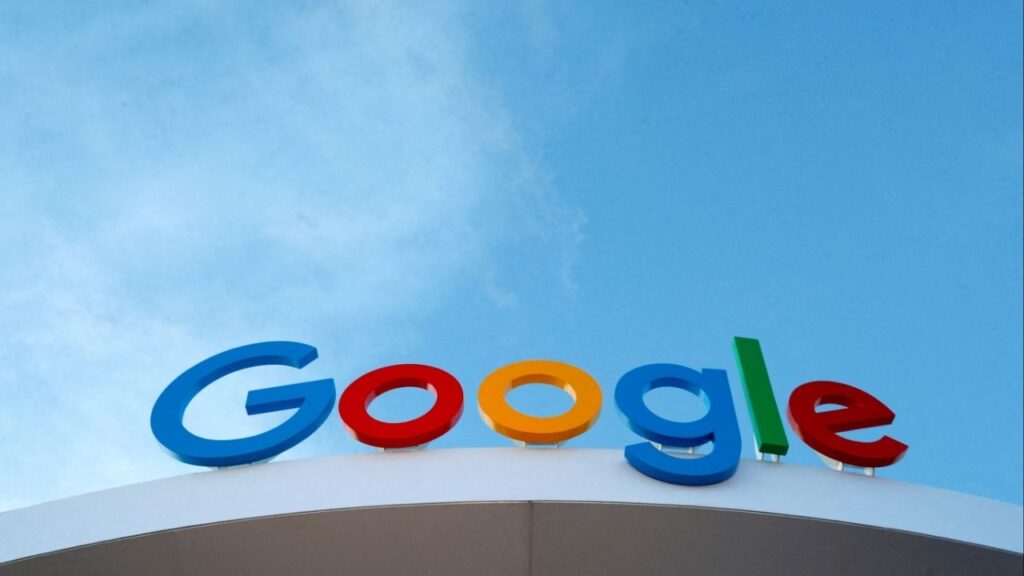Share
|
Getting your Trinity Audio player ready...
|
U.S. consumer inflation eased in March, with less expensive gas and food providing some relief to households that have struggled under the weight of surging prices but likely still keeping the Federal Reserve on track to further raise interest rates.
The government said Wednesday that consumer prices rose just 0.1% from February to March, down from 0.4% from January to February and the smallest increase since December.
Measured from a year earlier, prices were up just 5% in March, down sharply from February’s 6% year-over-year increase and the smallest rise in nearly two years. Much of the drop resulted from price declines for such goods as gas, used cars and furniture, which had soared a year ago after Russia’s invasion of Ukraine.
Excluding volatile food and energy costs, though, so-called core inflation remains stubbornly high. Core prices rose 0.4% from February to March and 5.6% from a year earlier. The Fed and many private economists regard core prices as a better measure of underlying inflation. The year-over-year figure edged up in March for the first time in six months.
Price increases in the economy’s vast service sector — ranging from rents and restaurant meals to haircuts and auto insurance — are keeping core inflation high, at least for now. That trend is widely expected to lead the Fed to raise its benchmark interest rate for a 10th straight time when it meets in May.
Still, there were positive signs in Wednesday’s report that suggested that inflation pressures are cooling. Rental costs rose 0.5% from February to March, still high but the smallest increase in a year. Grocery prices fell 0.3%. That was the first such drop in 2 1/2 years and was a welcome respite for Americans suffering from painfully elevated food costs.
Used car prices, which were an early driver of high inflation, fell 0.9%, the ninth straight monthly decline. Gas prices, which dropped 4.6% just from February to March, have tumbled 17% over the past year.
Fed May Pause Rate Hikes
Fed officials have projected that after one additional quarter-point hike next month — which would raise their benchmark rate to about 5.1%, its highest point in 16 years — they will pause their hikes but leave their key rate elevated through 2023. But officials have cautioned that they could raise rates further if they deem it necessary to curb inflation.
When the Fed tightens credit with the goal of cooling the economy and inflation, it typically leads to higher rates on mortgages, auto loans, credit card borrowing and many business loans. The risk is that ever-higher borrowing rates can weaken the economy so much as to cause a recession.
On Tuesday, the International Monetary Fund, a 190-nation lending organization, warned that persistently high inflation around the world — and efforts by central banks, including the Fed, to fight it — would likely slow global growth this year and next.
Even so, there are signs that inflation pressures will ease in the months ahead. One unfortunate reason inflation could decline is that economists expect growth to slow in the United States later this year, in part because turmoil in the banking sector may cause banks to restrict lending.
The Fed’s year-long streak of rate hikes are also starting to cool a hot labor market, with recent data showing that companies are advertising fewer openings and that wage growth has been slowing from historically elevated levels.
And rental cost increases, the biggest driver of core inflation, are likely to continue to slow in the months ahead. According to the government’s measures, rents have risen by about 9% in the past year.
Still, Apartment List, which tracks real-time changes in new leases, shows rents rising at a 2.6% pace compared with a year ago. As more apartments reset with those smaller increases, the government’s inflation data should show milder increases in coming months.
The Fed is also laser-focused on the cost of services, which are rising at historically rapid rates. Officials at the central bank have said they believe that raising wages, while good for workers, are contributing to those price increases.
Last week’s March jobs report, though, showed that wage growth has slowed steadily in the past year. Businesses are posting fewer open positions, and the number of Americans quitting their jobs to take new, mostly higher-paying work — a driver of higher pay — is falling.
A more worrisome trend is the possibility that banks will pull sharply back on lending to conserve funds, after two large banks collapsed last month, igniting turmoil in the United States and overseas. Many smaller banks have lost customer deposits to huge global banks that are perceived to be too big to fail. The loss of those deposits will likely mean that those banks will extend fewer loans to companies and individuals.
Some small businesses say they are already having trouble getting loans, according to a survey by the National Federation for Independent Business. The IMF said Tuesday that pullbacks in lending could slow growth by nearly a half-percentage point over the next 12 months.
A slowdown in the economy could cool inflation and as a result would help the Fed achieve its objectives. But the blow to the economy might prove larger than expected. Under the worst-case scenario, it could mean a full-blown recession with the loss of millions of jobs.
RELATED TOPICS:
Categories



















